“That baby already knows everything it needs to know,” Simon Brascoupé’s maternal grandmother, a respected midwife, would say each time a mother headed home with her newborn.
Generations of such traditional knowledge passed down to Brascoupé through family and community have culminated in a career full of significant contributions to Indigenous health and wellness.
And now this spring, the University of Ottawa will bestow upon him an honorary doctorate in recognition of his impact.
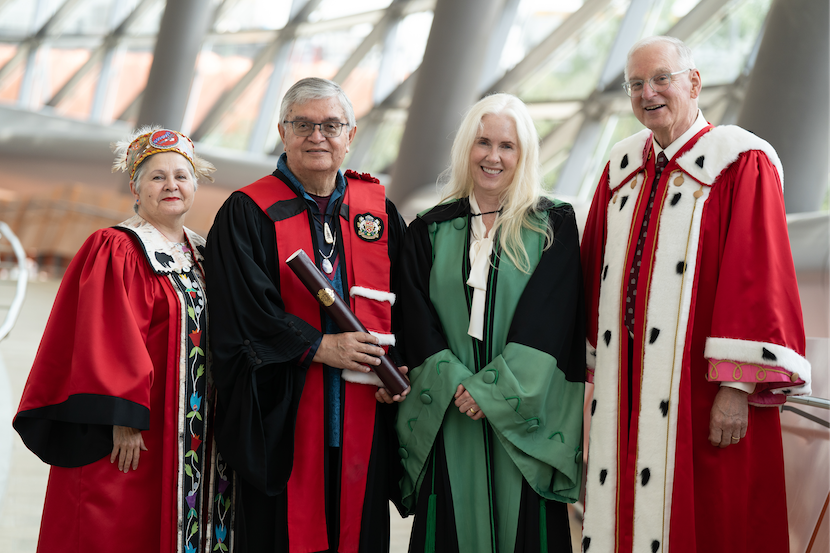
Algonquin artist and Elder Simon Brascoupé is a member of Kitigan Zibi Anishinabeg First Nation in Maniwaki, Quebec, and currently lives on Algonquin territory in Ottawa, Ontario.
It’s complicated, he smiles, when asked about the focus of his life’s work. He settles on a simple answer, stating that he has dedicated his career to working on advancing Indigenous knowledge, education, governance, and healing through community work.
“But at the heart of it, I’m really an artist,” he continues. “Indigenous people tend to see the world as interconnected, and so I’ve used art to strengthen my Indigenous ways of knowing, being, and doing, across multiple fields.”
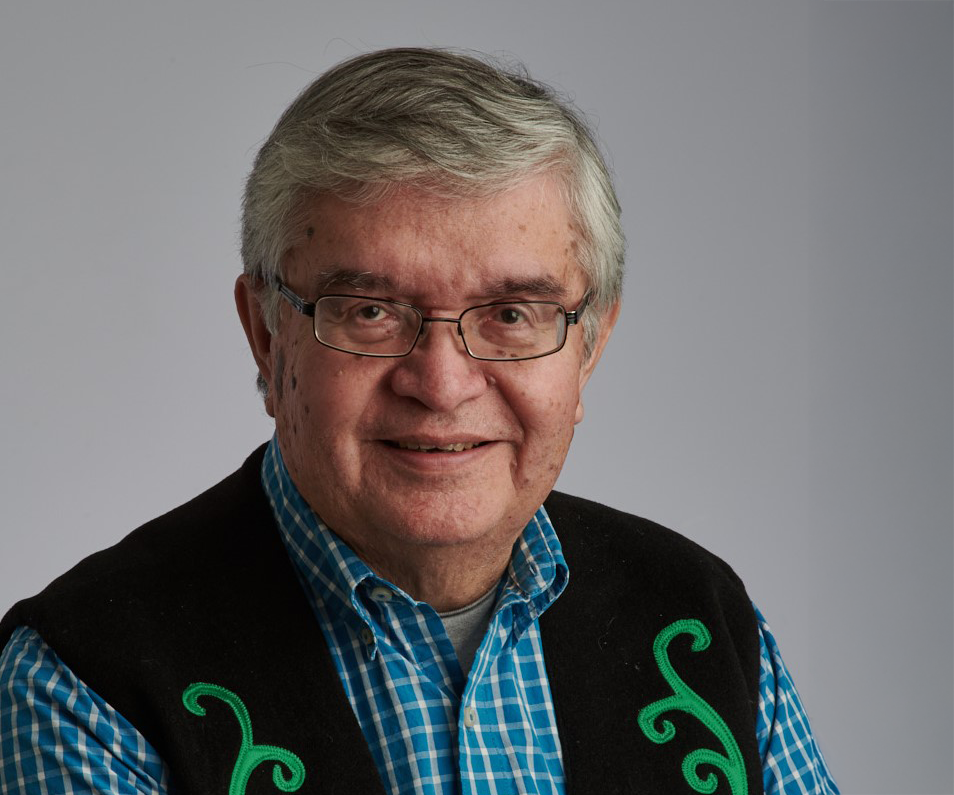
“Indigenous people tend to see the world as interconnected, and so I’ve used art to strengthen my Indigenous ways of knowing, being, and doing, across multiple fields.”
Elder Simon Brascoupé
— Recipient of an Honorary doctorate from the University of Ottawa
If you only see one side, you’re not considering the other
Bringing together wholistic Indigenous ways and institutional academia, including in the field of medicine, is critical in achieving beneficial outcomes for problem-solving and decision-making.
It requires two-eyed seeing, a guiding principle for many Indigenous communities. Through one eye, says Brascoupé, you’re looking at the world through an Indigenous knowledge perspective; through the other, you’re looking at the world through the perspective of western science.
Whether in his research, his medical education advocacy, or his art, Brascoupé has sought roles where he can not only see both sides, but connect them to ensure safe and accessible health care for Indigenous communities.
Embedded in the medical community
Brascoupé pulls everything he has learned from his family into the work he does today.
“On my father’s side, both my grandmother and my grandfather were medicine people. My grandfather was a well-known herbalist,” he says, “I’m just one member of a community of Anishinaabe Algonquins, but I am the product of my ancestors.”
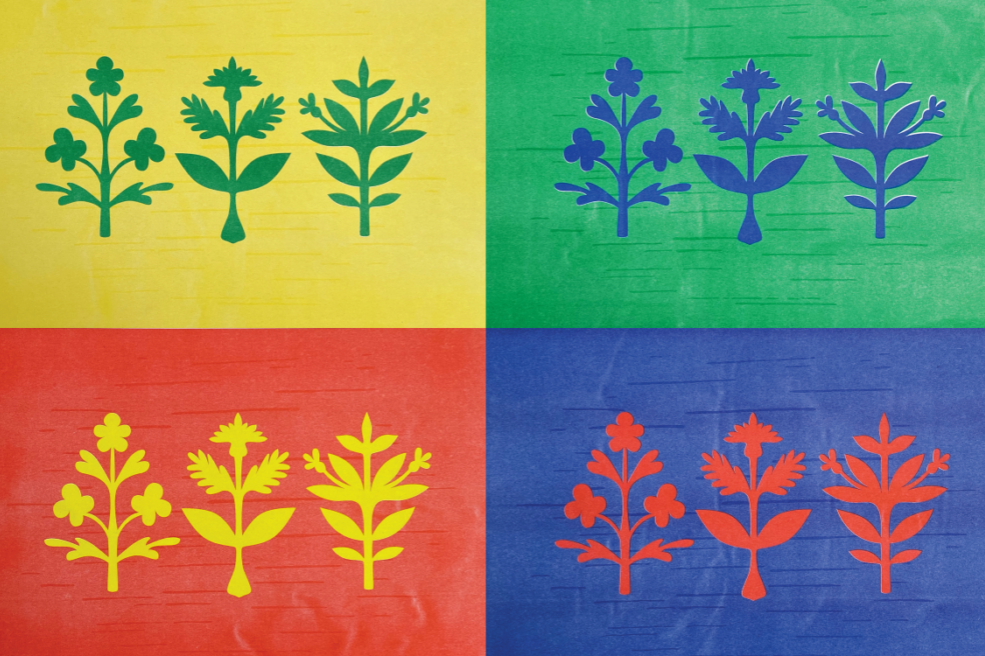
Early on in his career, he embedded himself in the medical education community, boosting the power of his advocacy work.
His active involvement in various health-related boards and committees has significantly contributed to Indigenous health and wellness. Membership in key groups and leadership roles have been pivotal in shaping health policies and educational frameworks aiming to improve the health outcomes of Indigenous populations in Canada.
First Nations education is still going through a major transformation, triggered by a recommendation in a final report by the Royal Commission on Aboriginal Peoples in 1996 that called for more Indigenous health practitioners.
At the time, Brascoupé was working for Health Canada, which started a program called Aboriginal Health Human Resources that provided millions of dollars to medical and health schools over several years in support of Indigenous education.
This included a contribution agreement, led by Brascoupé in 2004–2005 as director of Primary Health Care at the First Nation and Inuit Health Branch, with the University of Ottawa Faculty of Medicine and then-dean Peter Walker. It would be an early contribution to what would later become the Faculty’s Indigenous undergraduate medical education program.
Brascoupé currently brings his expertise to the uOttawa Graduate School of Public and International Affairs as a senior fellow; and for many years, he has sat on the Admissions Committee of the Faculty of Medicine.
Meanwhile, the family connections in medicine continue: Brascoupé’s daughter, Dr. Sarah Funnell, completed her MD at the University of Ottawa, going on to become a faculty member and inaugural director of the Centre for Indigenous Health Research and Education, before becoming associate dean and chair of Indigenous health at Queen’s University.
Safety and connection through art
Brascoupé's relationship with health organizations goes beyond working on research and policy.
His research and experience have found that displaying art in health centres makes Indigenous patients and staff feel safer in a holistic way—physically, emotionally, mentally and spiritually.
“When they see their art from their community, it immediately tells them this is home—this is your home,” says Simon.
Brascoupé’s artwork at The Ottawa Hospital, created alongside his other daughter Mairi, features three medicinal plants, reflecting Algonquin medicinal knowledge. The plants are inspired by cutout templates, made by Brascoupé’s ancestors, used to decorate birchbark baskets.
The University of Ottawa Heart Institute also features a large mural of Brascoupé’s: The Vered Tree of Life.
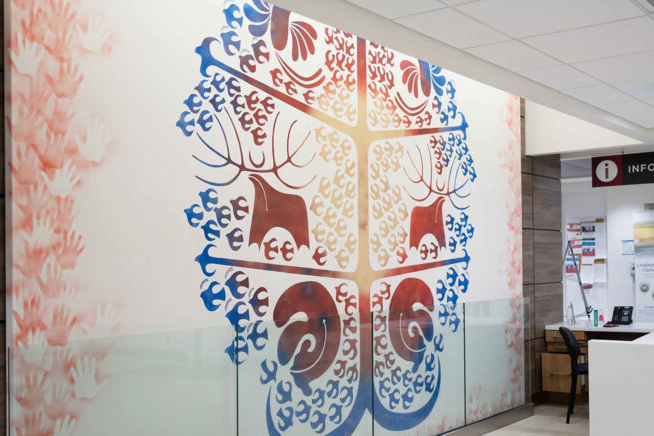
An Indigenous person from Alberta once called him to thank him for the artwork. “He had a heart attack, and as they were bringing him, he saw this big painting,” Brascoupé recounts. “He recognized it as Indigenous and said it really helped him through his recovery.”
Brascoupé also recounts the story of a family from Kitigan Zibi. A relative was passing and was put in the hallway of a hospital. Trying to get this person into a room, one of the daughters went to a member of staff and said, ‘come with me, I want to show you some art from our community.’ She showed her the artwork, with text underneath describing the hospital's mandate to create a safe place for Indigenous people. ‘I would like you to do that for my family,’ the daughter said.
“Immediately, they found a room for her loved one,” Brascoupé says, “and that's the kind of thing this art can do to change the way things are done.”
The road ahead
Earlier in his career, Brascoupé heard many First Nations people say that nursing or becoming a doctor just wasn’t something done by them, as there were no role models.
“That really has changed over the last few years,” he explains, “so I've written articles and done research on cultural safety work—having safe environments for Indigenous people in hospitals and clinics.”
For the Faculty of Medicine, Brascoupé represents a key partner in addressing truth and reconciliation.
“I think the medical school’s gone on a journey that we're all on, and that I'm on,” he muses, “and there's still more of this journey that needs to be worked through.”
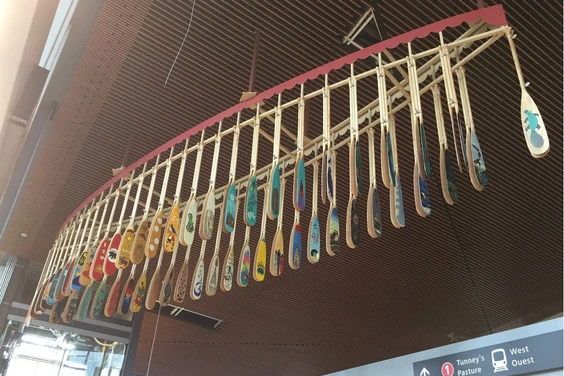
His advice includes reaching out more to remote and isolated communities. He describes uOttawa’s efforts to bring students to his community, Kitigan Zibi, for weekend workshops.
“We've trained several doctors from our community. These outreaches are important, and the further we reach out in northern Ontario or northern Quebec, the more medical students will be attracted to uOttawa—and that's based on the history that's already been developed.”
Brascoupé plans to accept his honorary doctorate the University of Ottawa convocation ceremony in June, with his family in attendance.
“I’m humbled by it,” he says of the recognition. “It makes me think about future generations, and it brings me great pride.”
Main photo: Algonquin artist Simon Brascoupé (left) and daughter Mairi reflect upon their artwork on display at The Ottawa Hospital. Credit: The Ottawa Hospital.
| Support the Faculty of Medicine today! Use the “Other designation” field on our online donation form to support the 'Indigenous Health Research and Education Fund.' |
